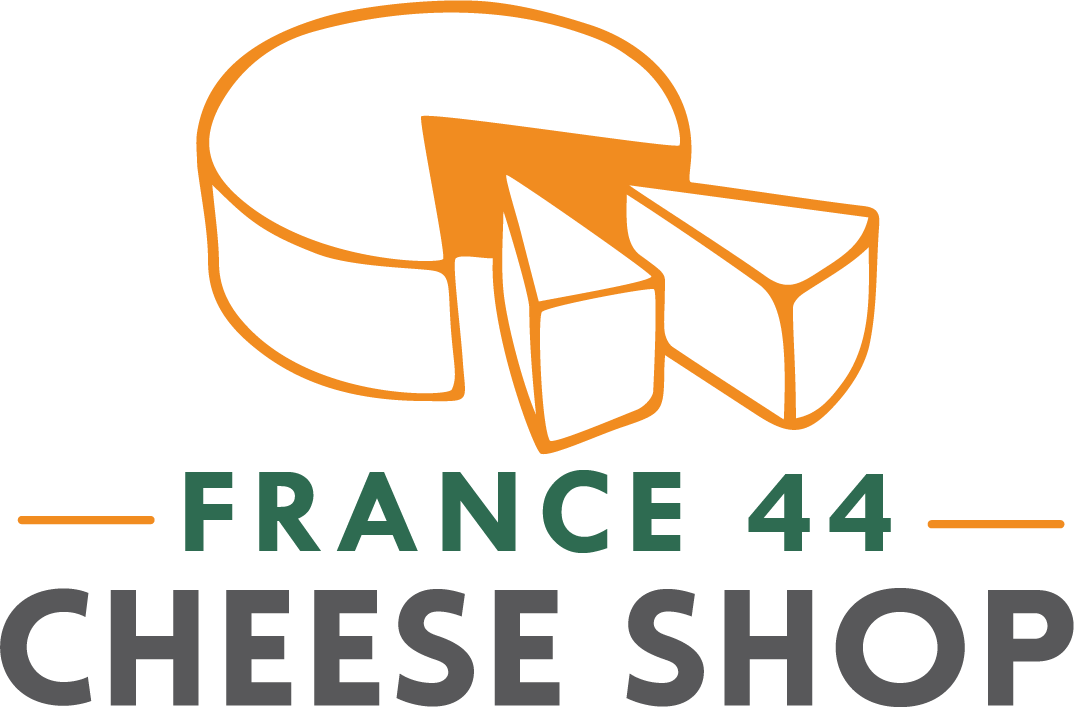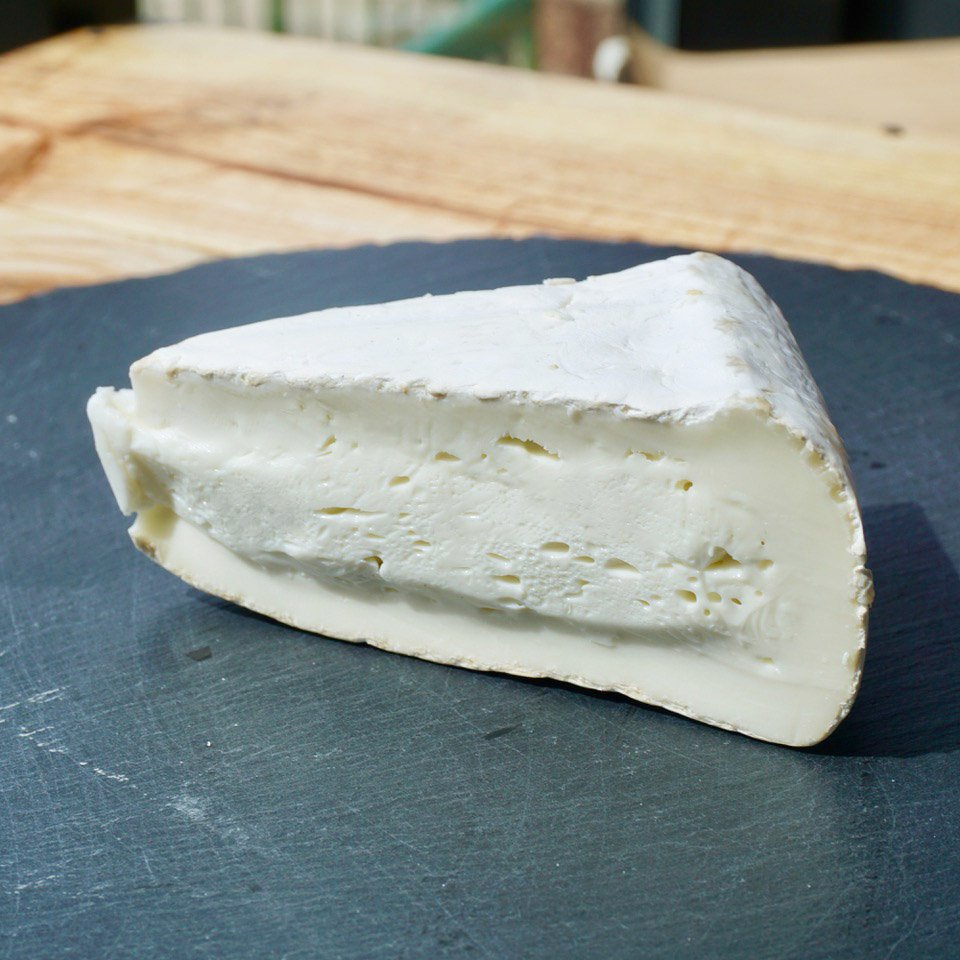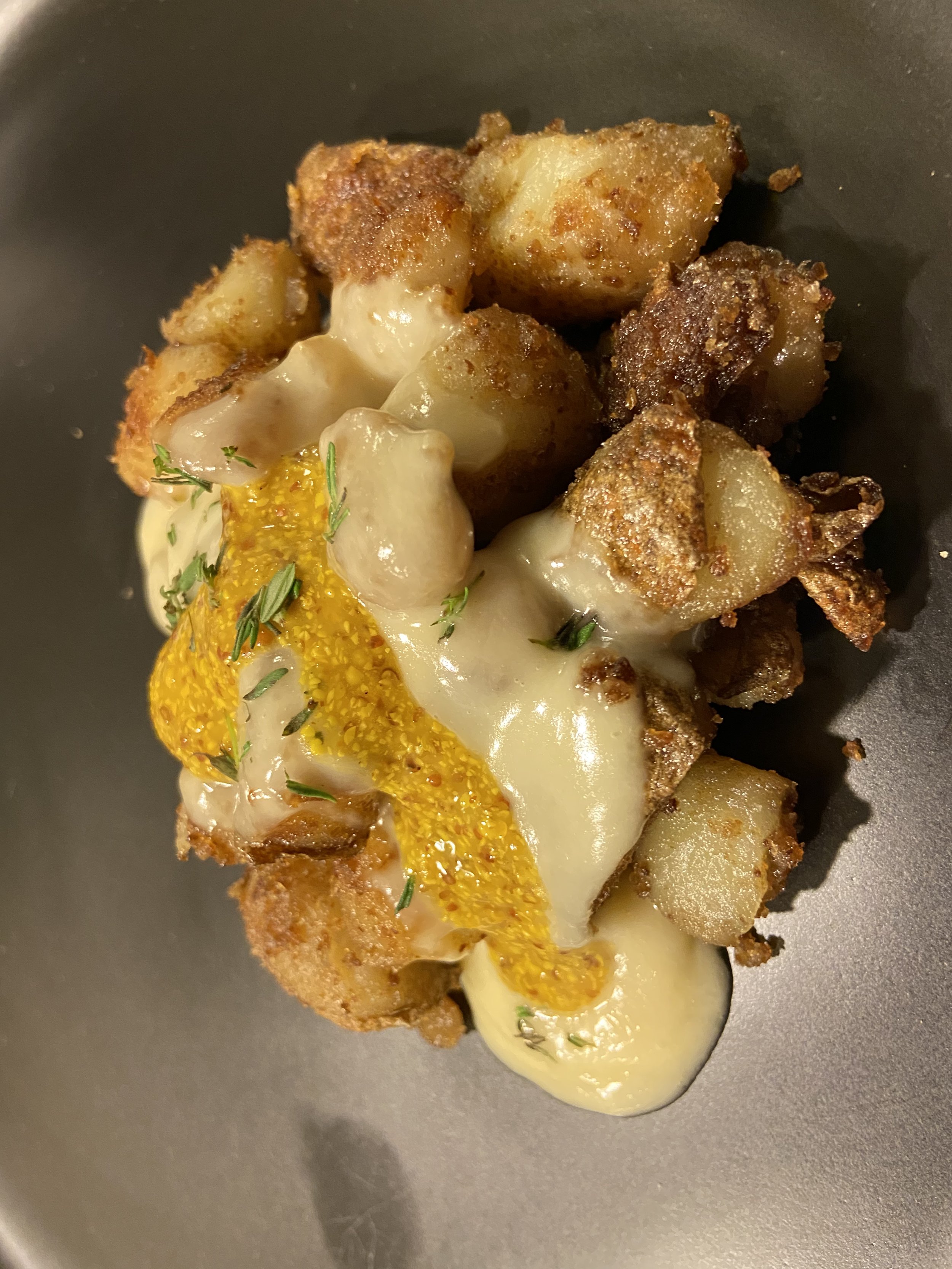by Sophia Stern
When we talk about mountain milk cheese, we often focus on cheesemaking traditions in the Alps. Images of snowy peaks, ski lodges, and fondue made with Gruyère and Emmental come to mind. But only a few hundred miles southwest from the Alpine region are the Pyrenees mountains, marking the boarder between France and Spain. A multitude of incredible cheeses come from the Pyrenees region (including the beloved Ossau-Iraty), but this week we’re featuring a new-to-us stunner from the French mountains, Gabietou. Made with sheep and cow’s milk and expertly aged by Hervé Mons, Gabietou is a semi-firm cheese that literally melts in your mouth and has a thin orange and brown washed rind. We’ve paired this fan-favorite with a stunning Sancerre, which breaks through Gabietou’s richness with notes of citrus, peaches, and slate.
Gabietou began in 2001, when cheesemaker Gabriel Bachelet, frustrated that he could not find satisfying mixed milk cheeses in his region, created his sheep and cow washed rind wonder. The animals that produce Gabietou’s milk are moved up into the mountains during the summer months. They graze on high-altitude fresh pastures full of unique flowers, herbs, and grasses which are enriched by the summer sun. As the weather starts to turn, the animals are shepherded down the mountainside to lower pastures. Through this process of transhumance, the animals eat diverse nutrients and provide flavorful, rich, nutrient-dense milk excellent for cheesemaking. Once the sheep and cow’s milk is curdled and pressed into molds, the wheels of young Gabietou are washed daily in a water and rock salt solution. The rock salt used in the brine is acquired from a nearby village’s natural springs. From the inside out, Gabietou tastes of the land it comes from.
To break through the rich texture of Gabietou’s paste, we’ve paired this ever-so-slightly funky cheese with a fruity and mineral Sancerre from Domaine Phillipe Girard. Along the Loire River, Phillipe Girard’s estate has been making wine since the French Revolution, but only for close family and friends. It wasn’t until the 1960s that Maurice Girard begin bottling and selling their Sancerre to the public with great success. Made from 100% Sauvignon blanc, Philippe Girard Sancerre grows in clay and limestone heavy soils, giving the wine notes of minerality. Other notes of white flowers and peaches balance the wine. Philippe Girard Sancerre works well with Gabietou’s sweet, butter, and almond flavors and tames down the slight animal note that comes from the washed rind. This pairing is a lovely example of two distinct culinary traditions, and together they are balanced and delicious.










